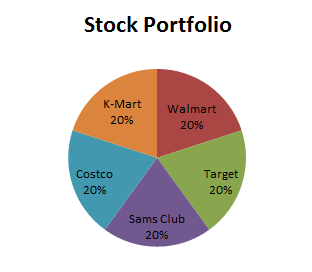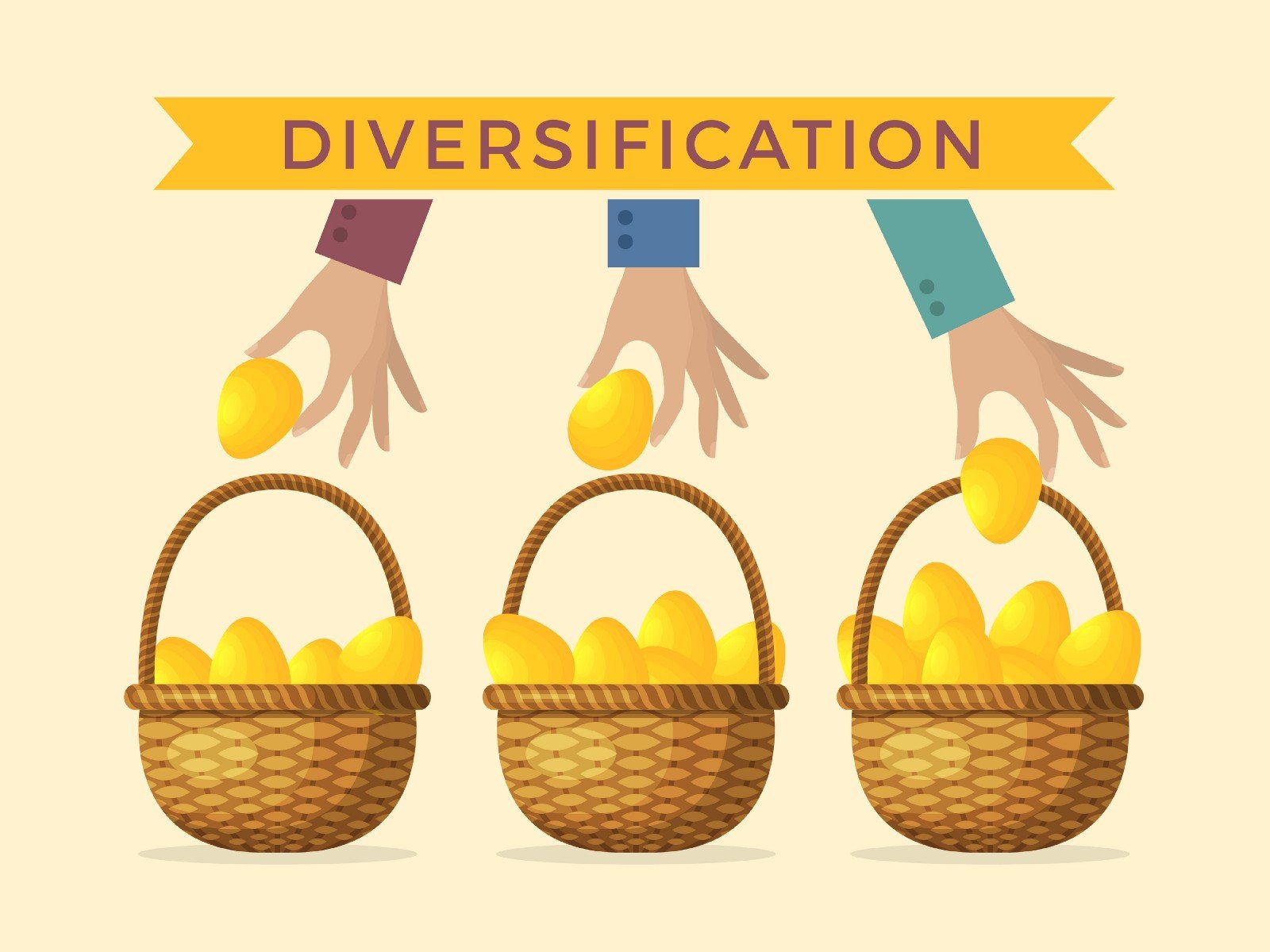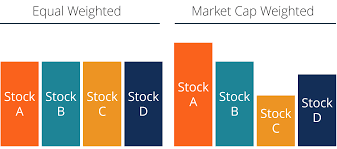Welcome to Portfolio Analysis!
Introduction to Portfolio Analysis in Python

Charlotte Werger
Data Scientist
Hi! My name is Charlotte
What is a portfolio

Why do we need portfolio analysis

Portfolio versus fund versus index
Portfolio: a collection of investments (stocks, bonds, commodities, other funds) often owned by an individual
Fund: a pool of investments that is managed by a professional fund manager. Individual investors buy "units" of the fund and the manager invests the money
Index: A smaller sample of the market that is representative of the whole, e.g. S&P500, Nasdaq, Russell 2000, MSCI World Index
Active versus passive investing
- Passive investing: following a benchmark as closely as possible
- Active investing: taking active "bets" that are different from a benchmark
- Long only strategies: small deviations from a benchmark
- Hedgefunds: no benchmark but 'total return strategies'
$$ $$

Diversification
- Single stock investments expose you to: a sudden change in management, disappointing financial performance, weak economy, an industry slump, etc
- Good diversification means combining stocks that are different: risk, cyclical, counter-cyclical, industry, country

Typical portfolio strategies
- Equal weighted portfolios
- Market-cap weighted portfolios
- Risk-return optimized portfolios

Let's practice!
Introduction to Portfolio Analysis in Python


